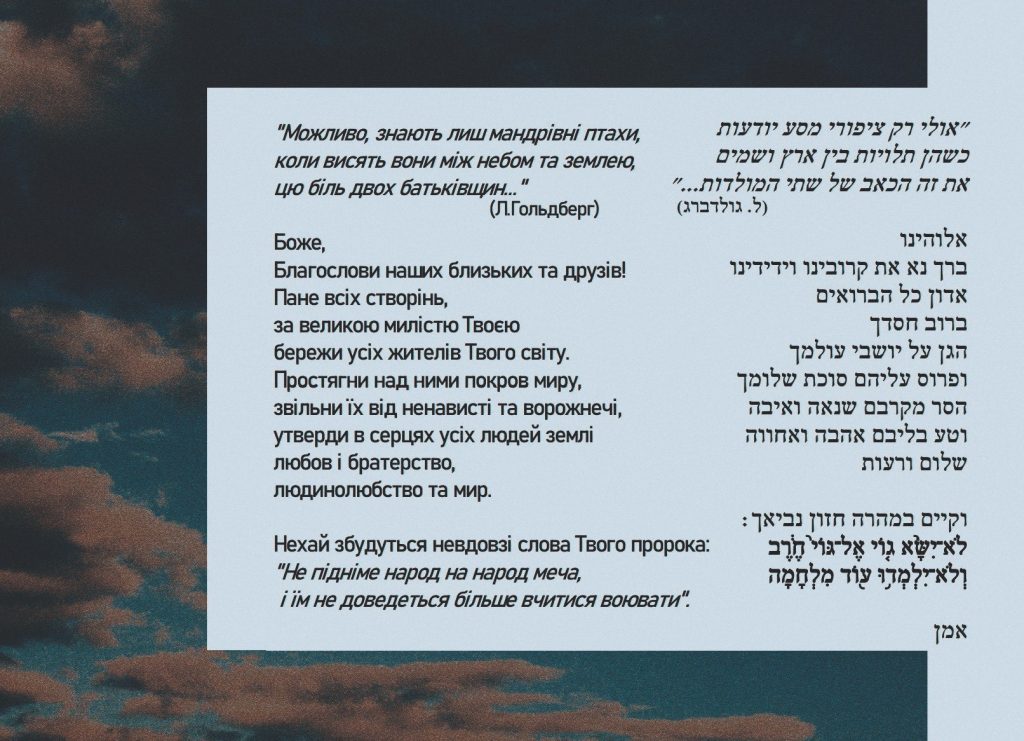Earth’s Embroidery by Solomon ibn Gabriol (11th century poet, Spain)
With the ink of its showers and rains,
with the quill of its lightning, with the
hand of its clouds, winter wrote a letter
upon the garden, in purple and blue.
no artist could ever conceive the like of
that. And this is why the earth, grown
jealous of the sky, embroidered stars in
the folds of the flowerbeds.
The official first day of spring was almost two months ago, but today really feels like spring is here. Instead of one or two random days of warmth, we have many days of higher temperatures to look forward to, with both sunshine and rain as their companions.
Our Jewish texts have long acknowledged both the importance and beauty of nature. The miracle of life, of God’s creations, is a source of connection to the Divine. In a moment of exceptional natural beauty, we are struck with awe and motivated to express words – or be present in the powerful silence of gratitude.
I have recently rediscovered our medieval poets, like Solomon ibn Gabriol and Yehudah ben Levy, among others. I had forgotten how well they paint pictures with words, transforming our feelings into a concrete form that brings them forward. As winter turns to spring outside my window, I can imagine the contest of colors happening between the sky and the earth, and the earth saying, “it’s my turn now.”
I look forward to searching for the stars among the flowers.
Baruch atah Adonai, Eloheinu Melech haolam, oseh ma’aseh v’reishit.
Praise to You, Eternal our God, Sovereign of the universe, Source of creation and its wonders.

